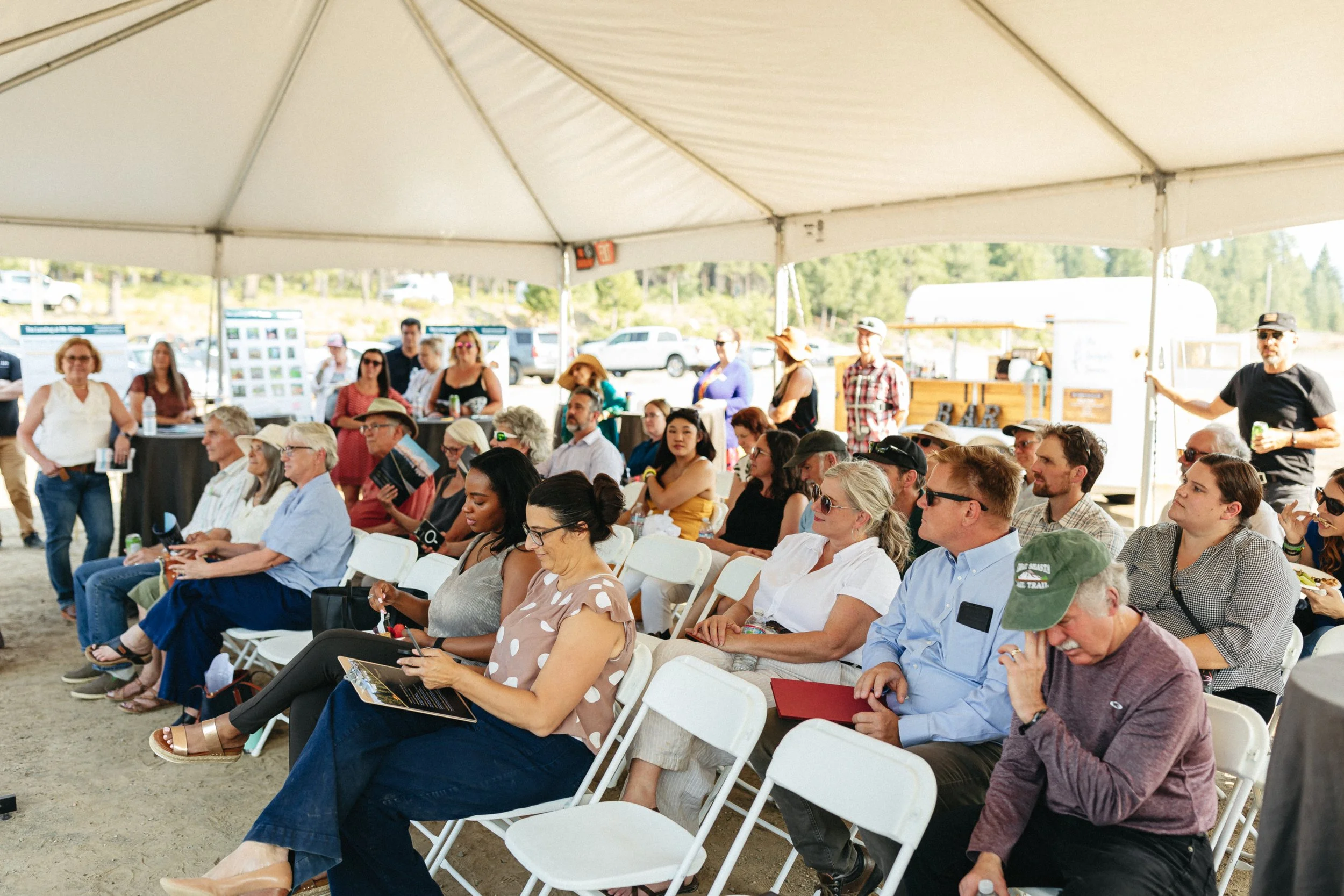Survey results
Climate survey results provide valuable insight into local perspectives on climate and economic priorities. The data highlights shared concerns and unique viewpoints that can guide future action.
Responses.
Survey responses represent residents, government representatives, businesses, and organizations.
Residents- 99
Government- 4
Business- 6
Organization- 15
climate concern
Across all categories, 80–90%+ of respondents expressed concern (moderate, very or extreme concerned), with the highest level of concern in safety, health, and place of residence. Concern is slightly lower, but still high, for work and emotional distress.
Investment in climate resiliency.
Nearly all respondents (94%) support investing in sustainable practices for our long-term prosperity.

